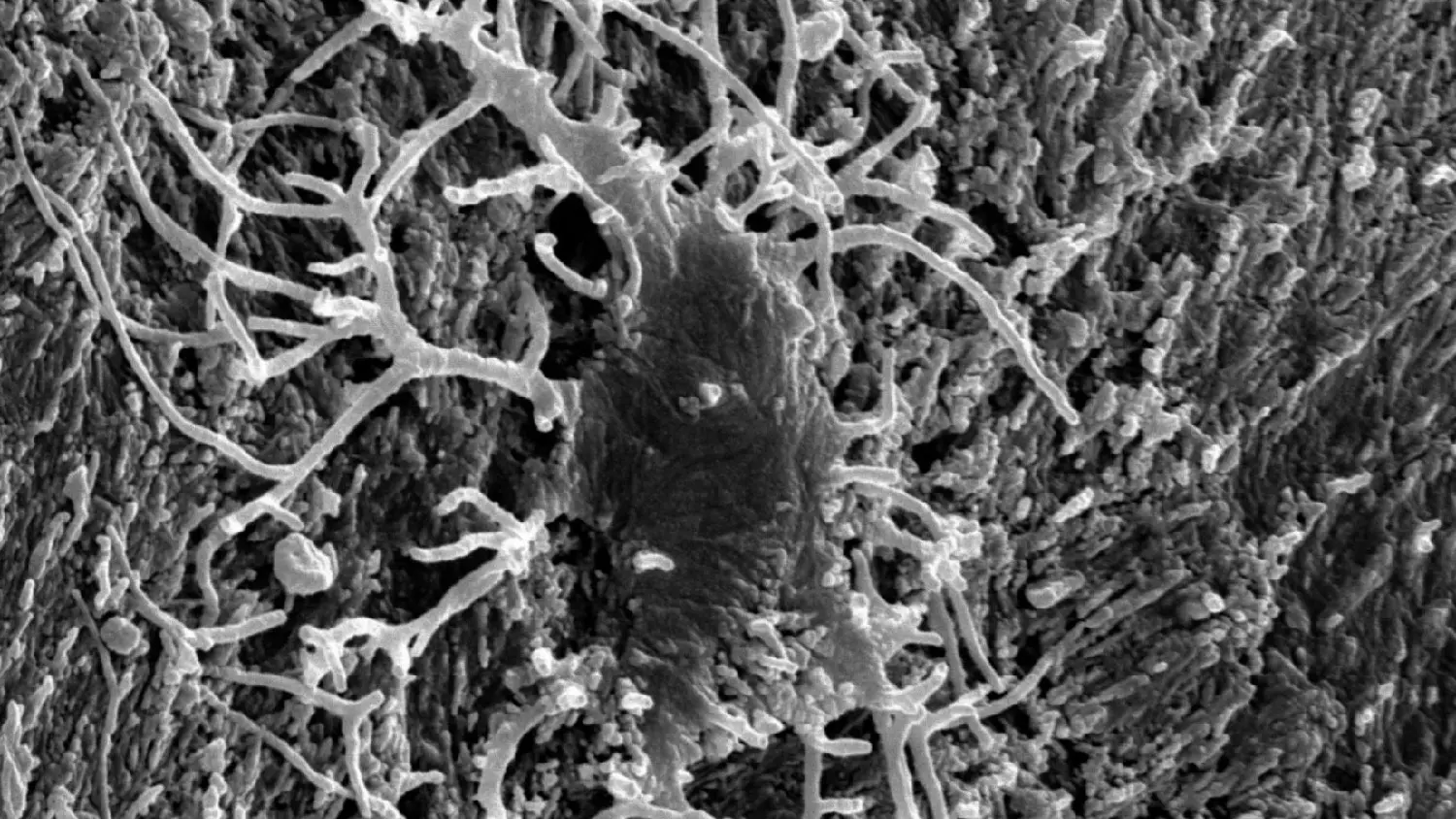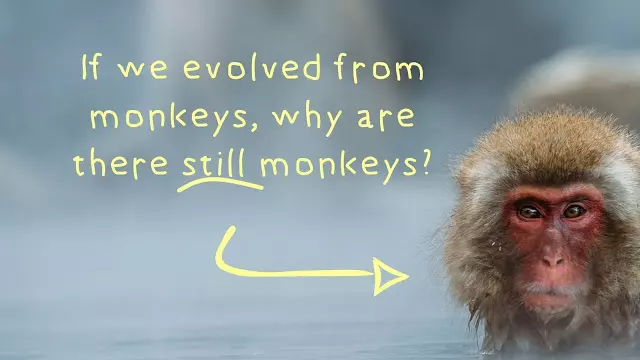[Originally published as Consensus on Evolution]
Public schools are required to teach evolution as a valid scientific theory at the same time not a single science organization in the twenty-first-century has successfully developed a scientific consensus on evolution.
Consensus development is a privileged responsibility of science organizations. A scientific consensus, while not synonymous with absolute truth, gives non-scientists guidance to gain scientific understandings.
Eighteen science organizations currently have a consensus statement on climate change, spanning from the American Association for the Advancement of Science (AAAS) to the American Medical Association (AMA). A scientific consensus on climate change, from leading science organizations, while silent on a scientific consensus on evolution, is rather telling.
Since the publication of The Origin of Species by Charles Darwin in 1859, scientific discoveries have challenged Darwin’s theory. Therefore, if evolution is taught as a scientifically valid theory, a modern scientific consensus on evolution is essential.
The lack of a modern consensus, however, is not due to negligence. In this article, we will journey through the critical changes in Darwin’s theory, along with the efforts of evolution scientists to develop a modernized consensus.
At this time, the Royal Society of London is the only science organization with a current initiative to develop a modernized consensus. In 2017, the Society launched the project called Evolution 2.0, offering a $10 million prize to solve the theory’s core issue.
Twentieth Century Molecular Biology
By the beginning of the twentieth century, Darwin’s theory faced extinction. Scientists, however, grew increasingly intrigued by the theory of inheritance developed by Gregor Mendel (1822-1884). At the time, two of Darwin’s seemingly impossible dilemmas, the origin of genetic variations and inheritance, were solved by Mendel’s theory.
Mendel’s theory, now known as Mendelian genetics, was not compatible with Darwin’s theory of pangenesis and blending inheritance. The modernization of Darwin’s theory was essential.
By the mid-twentieth century, “neo-Darwinism,” also known as the “Modern Synthesis” theory, replaced Darwinism. The books Genetics and the Origin of Species by Theodosius Dobzhansky (1937), Evolution: The Modern Synthesis (1937) by Julian Huxley, and Systematics and the Origin of Species (1942) by Ernst Mayr formulated the foundation for the new theory.
The emerging “one gene, one protein” hypothesis became the “central dogma” of a molecular-driven theory of evolution. According to Dobzhansky:
Mutations and chromosomal changes … constantly and unremittingly supply the raw materials for evolution.
Dobzhansky’s statement emerged as an unofficial unifying consensus for the theory of evolution. Inscribed in the floor of Jordan Hall of Science at the University of Notre Dame in a mosaic medallion is one of his most notable statements:
Nothing in biology makes sense except in the light of evolution.
Developing a cohesive scientific consensus on evolution seemed within reach at the time. By the late twentieth century, however, advances in biomolecular technologies allowed scientists to test the validity of this emerging consensus.
Unexpectedly, molecular biologists increasingly discovered disparities with the “one gene, one protein” theory of evolution. Scientists found that laboratory-induced genetic mutations produced “hopeful monsters,” not evolution.
Twentieth Century Paleontology
Fossils by the treasure-trove were unearthed during the twentieth century. Paleontologist’s anticipation of discovering Darwin’s “innumerable” transitional links, however, increasingly faded as the gap between the theory and the fossil record reached a breaking point.
In 1972, paleontologists Stephen J Gould of Columbia University, and Niles Eldridge of the American Museum of Natural History, proposed a revolutionary theory called punctuated equilibrium. While Darwin argued that evolution develops slowly, Gould and Eldridge proposed evolution advancing through “fits and starts.”
Punctuated equilibrium contradicts Darwin’s theory.
Rather than evolution advancing uniformly through “slight, successive changes” over eons of time, as Darwin argued, Gould and Eldridge argued that evolution advanced quickly through massive, sudden changes. In his book Reinventing Darwin, Eldridge cut to the chase –
No wonder paleontologists shied away from evolution for so long. It never seemed to happen.
The complexity of Darwin’s Dilemma nearly exceeds the edge of science, even to undermine de facto neo-Darwinism. Not surprisingly, during the entirety of the twentieth century, no scientific organization had published a scientific consensus on evolution.
Twenty-First Century Consensus Developments
By the late twentieth century, the focus of evolution research turned from the fossil record to molecular biology. This new focus, using advanced biotechnologies, centered on exploring the evidence supporting a molecular-driven theory of evolution.
As the genomic revolution continued to emerge, however, earlier findings challenging Modern Synthesis theory seemed to gain increasing validation. To the point, as Massimo Pigliucci, of City College of New York, explains:
Molecular processes clearly demolish the alleged central dogma.
To address the increasing disparity between the theory of evolution and scientific evidence, Pigliucci and Gerd B Műller, of the University of Vienna, invited leading evolution scientists to develop a new consensus on evolution during the summer of 2009.
Preceding the November celebrations of the 150th anniversary of The Origin of Species, a July meeting with sixteen invited scientists convened at the Konrad Lorenz Institute in Altenberg, Austria. The closed meeting was nicknamed “Altenberg-16” by New Zealand journalist Suzan Mazur.
For this first conference of internationally-recognized evolution scientists in the twenty-first century, Pigliucci and Műller summarized the challenge:
Although it is still regarded as the standard theoretical paradigm of evolutionary biology, for several years now dissenters from diverse fields of biology have been questioning aspects of the Modern Synthesis, and pivotal novel concepts have been elaborated that extend beyond its original scope.
Anticipating a “Woodstock of evolution,” the conference goals centered on developing a new consensus on evolution, to be known as the “Extended Evolutionary Synthesis (EES).” Unlike the flower-powered “Woodstock” music scene, however, the media and the public were barred.
Evolution, the Extended Synthesis Consensus
While not achieving a new consensus on evolution during this “Woodstock” conference, the sixteen attendees did agree to send their recommendations for publication. In the following spring of 2010, MIT Press published the attendee’s essays in the book Evolution, the Extended Synthesis.
Elliot Sober, professor of philosophy, University of Wisconsin-Madison, was one of the first to comment on MIT’s new book and offered a sleight of hand assessment:
The essays in this volume provide ample food for thought, and from all the major food groups!
As a significant financial supporter of the evolution industry, Pigliucci’s EES initiative eventually gained the financial support of the John Templeton Foundation in 2016. As Wikipedia explains on their “Extended Evolutionary Synthesis “page:
The extended evolutionary synthesis is currently being tested by a group of scientists from eight institutions in Britain, Sweden, and the United States. The £7.7 million project is supported by a £5.7 million grant from the John Templeton Foundation.
The EES initiative to unify “competing ideas” within the evolution industry, however, has yet to be successful. According to Wikipedia:
Biologists disagree on the need for an extended synthesis. Opponents contend that the modern synthesis is able to fully account for the newer observations, whereas others criticize that the Extended synthesis is not radical enough.
To be continued…







